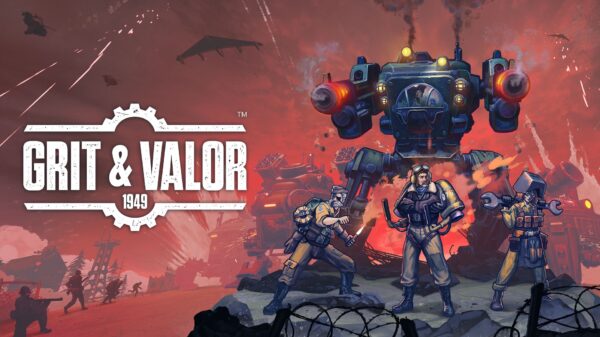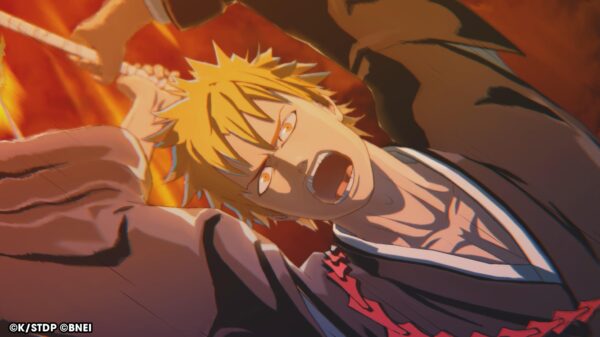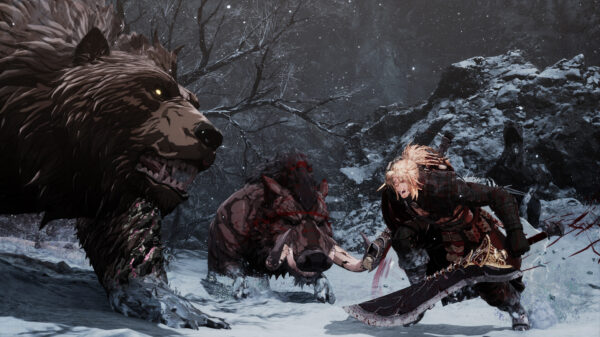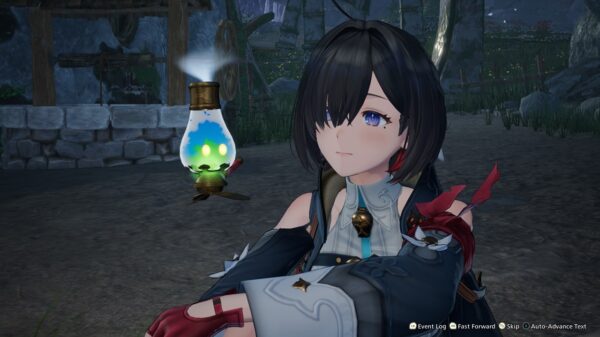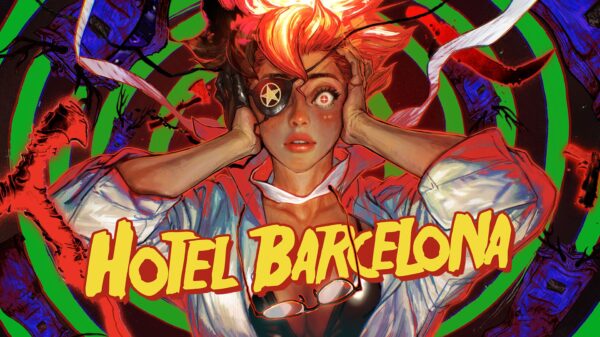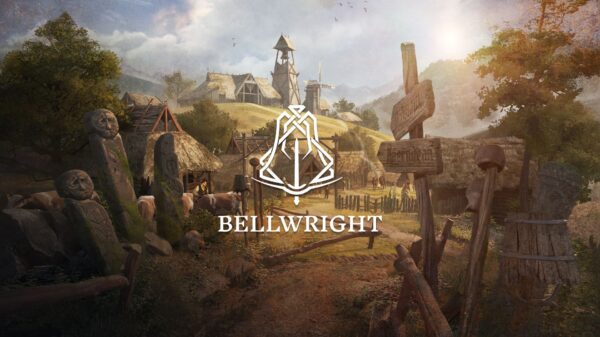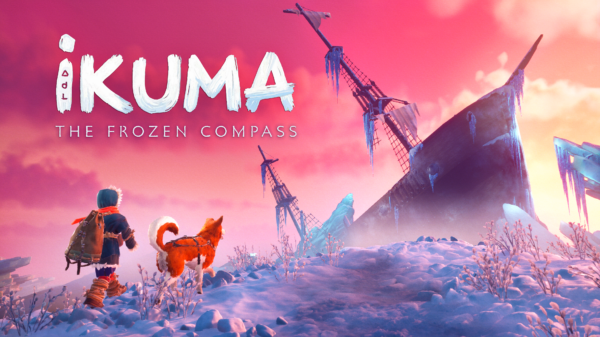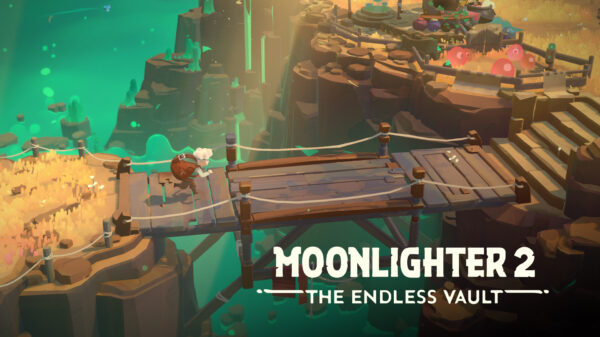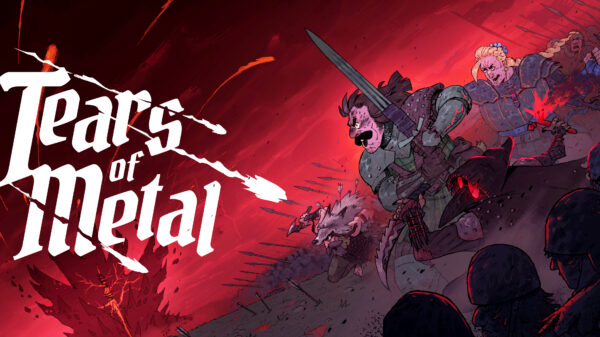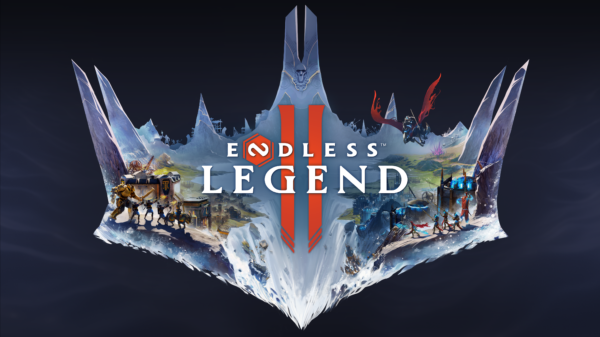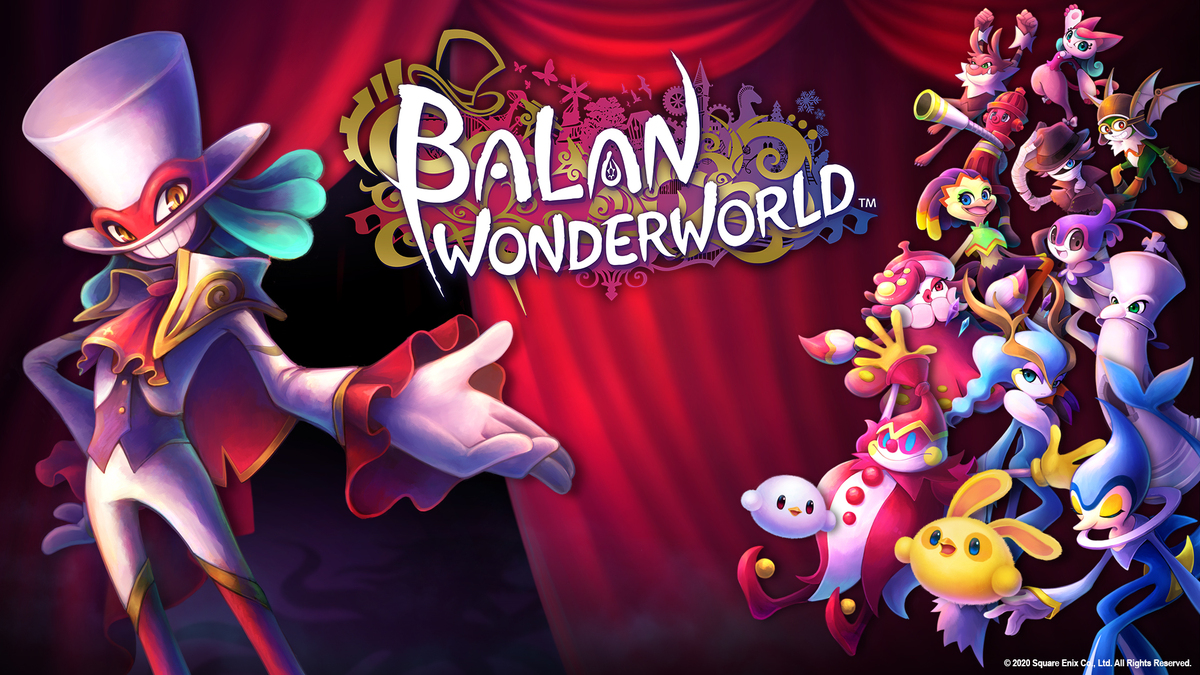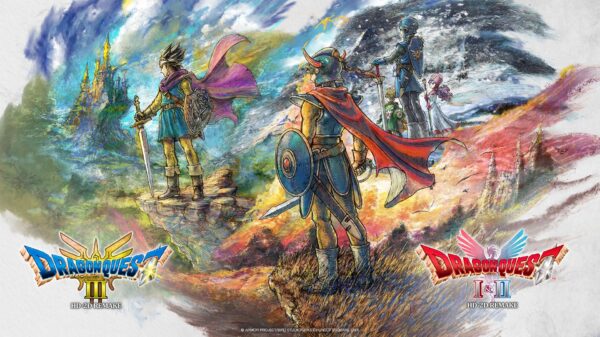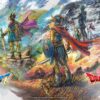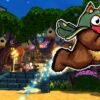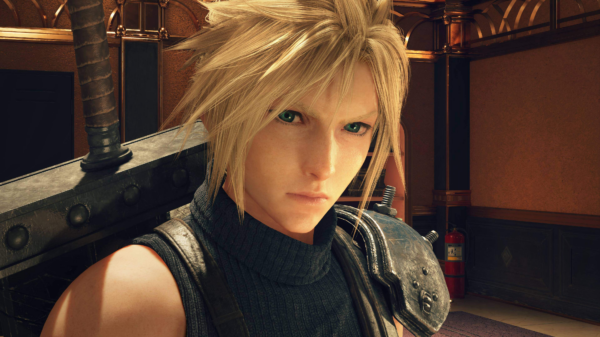Switch between numerous costumes that each grant you a single power and seek out collectibles in a colorful 3D platformer plagued by questionable design decisions.
Balan Wonderworld
Developer: Arzest, Square Enix
Price: $60
Platforms: PC, PS4, PS5, Xbox One, Xbox Series X/S, Nintendo Switch (reviewed)
MonsterVine was provided with a Switch code for review.
The demo for Balan Wonderworld didn’t leave me impressed, but I held out hope that the final game would be a big improvement. Unfortunately, it isn’t. Balan Wonderworld begins with an unhappy child, either a boy or girl you get to choose between at the start, running away from their situation and meeting Balan, who says they’re missing their heart and sweeps them off into his wonderworld. That’s pretty much all the story context you get. After that cutscene, you find yourself in the Isle of Tims hub world to start visiting worlds and grabbing collectibles. In my original preview, I suggested this lack of context might be because it was a demo, but that isn’t the case.
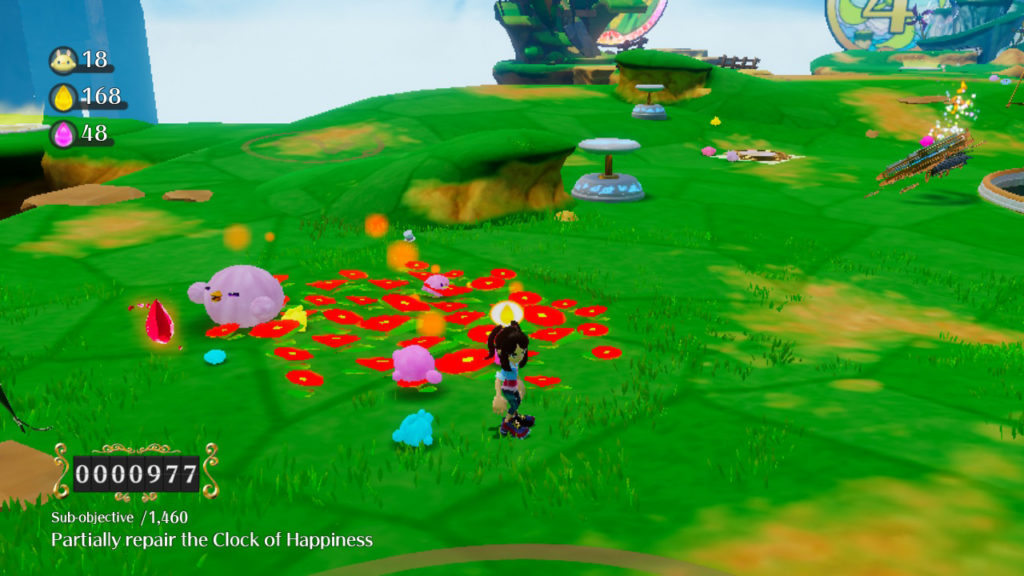
I don’t need a lot of story in my 3D platformers; “the princess has been captured and you need to find these stars to unlock the doors” is good enough for me when it comes to this genre, but somehow Balan Wonderworld lacks even that. Each world is filled with golden statues of Balan, and once you get enough Balan Statues, you activate a train to more worlds… or rather, the train drives you around the island while more world entrances pop up around it. You also collect colorful drops in each world, which you can then feed to the Tims, small creatures that live on the Isle of Tims. Feeding Tims eventually lets you hatch more Tims, and you’ll also find eggs hidden as collectibles. The hub contains a tower that is slowly constructed as the Tims spin a wheel, so having more Tims speeds up that process. Due to the gameplay loop of grabbing drops, feeding Tims, and visiting more worlds, I probably would have assumed building the tower was the main goal of the game if it didn’t actually say “sub-objective.” Tims are adorable, and watching them speed across the island to eat the drops I’d scattered was one of the things I actually really enjoyed in the game. The main goal or not, it was certain my driving motivation to keep going into those worlds.
Despite having large areas to explore, the stages have a fairly linear progression, with a single goal to reach at the end and side paths to explore along the way to find the collectibles. Each world has two stages and then a boss fight (plus a third stage unlocked after you beat the main game). While each boss only takes three hits to defeat, you get a Balan Statue for each phase you damage the boss in. This adds a puzzle-like element as you try to figure out how to use your costumes to attack in different phases if you want all three statues. Cutscenes before and after the boss fight explain that world’s story, and they all follow a similar structure: a character has a dream or passion, something happens to fill them with negative emotions and they fall into darkness, and your fight against the boss frees them and lets them find their happiness again. It’s an interesting concept, and I just wish the game actually connected these disjointed stories to the overarching game a bit more clearly. Bafflingly, there is a novel tie-in featuring the story context the game is missing, and it would have been so much better if that was actually in the game.
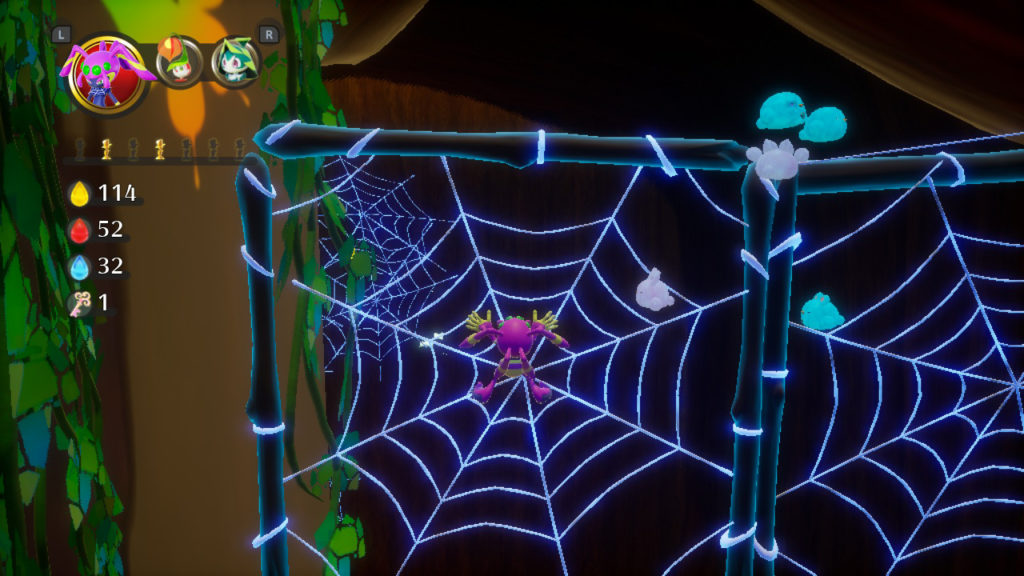
The core gameplay revolves around finding unlockable costumes, and this is where the real flaws start to show. Costumes are scattered across the levels, and you need a key to pick one up. The key is usually a few feet away, making it a pointless way to add time to the process. If you die, you’ll lose your equipped costume and need to pick it up again if you still want to use it. Every face button does the exact same thing, and your equipped costume determines what that is. Some costumes can jump. Some can attack, but not jump. More than once I found myself in trouble because I didn’t have any forms that could jump. Oh, and since every face button does the same thing, this means there isn’t a “cancel” button in menus, either. There are 80 different costumes in the game, but some are nearly identical while others are slight variations on each other, and there are some with such highly specific functions that you’ll rarely use them again.
If you take damage, your current costume disappears. You can have three costumes with you at a time and switch between them using the shoulder buttons. If you pick up a fourth costume, the last one on the list goes into your dressing room. That’s important because the game treats costumes as items. In addition to picking up costumes in the worlds themselves, you can change your costumes from the dressing room at any checkpoint, but only if you have them stored. Since each world has its own set of costumes, if you need an earlier costume to reach a Balan Statue or other collectible but don’t have any copies of that costume left, you’ll have to revisit the older world to pick it up again. This highlights the main problem with Balan Wonderworld–everything is so tedious.
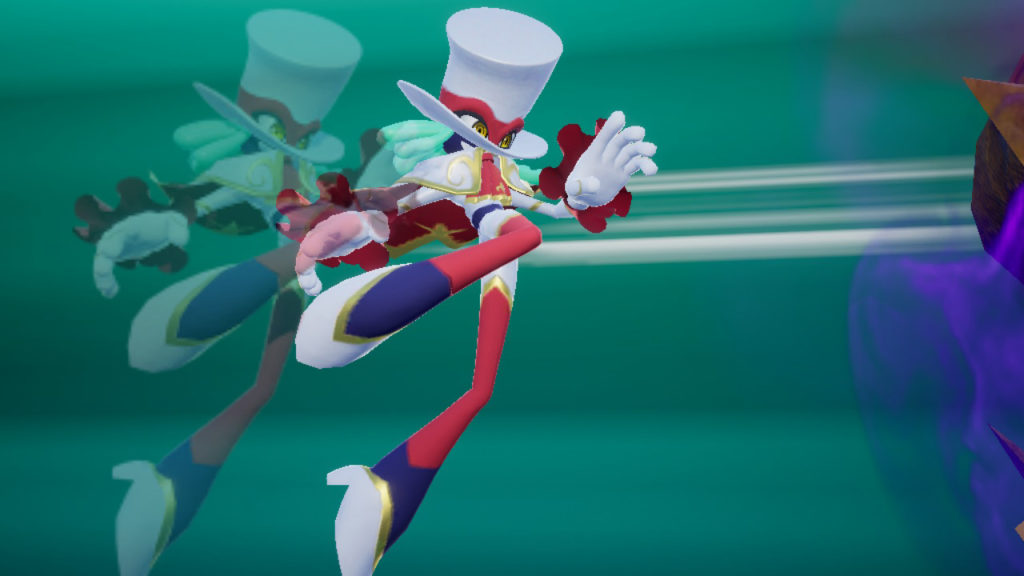
Another type of collectible is a golden hat that triggers a “Balan’s Bout” sequence. This is a QTE mini-game in which Balan soars through the sky, punching rocks and sometimes fighting the main antagonist (although with the lack of story context, I concluded he was the main antagonist largely because he appears in these sequences and occasionally drops a mini-boss in your path). Your success determines how many bonus drops you get, and if you hit every QTE prompt perfectly, you get a Balan Statue. You don’t get a “retry” option, though. If you miss even a single perfect button press, you’ll need to leave the world, return and find your way back to the hat, and then try it again if you want the statue. There are only a handful of variations of Balan’s Bouts, so they get pretty monotonous. By the end, I was finding multiple Balan’s Bouts in each world, which made their lack of variation even more noticeable and tiresome.
I can’t help but imagine how much better Balan’s Wonderworld would feel if it was designed differently. Imagine if your three costumes were each mapped to a face button, so you could use your three equipped powers at any time. Imagine if instead of a huge number of slightly different costumes, you had a smaller lineup of costumes with upgrades or variations based on the world. Imagine if the hub world actually had more things to do, or if Balan’s Bouts didn’t repeat the same few variations over and over again. But that’s not the game we got, and wishing it was won’t do any good. Performance on the Switch version struggles at times, usually not enough to hinder gameplay, but with a few parts that reached egregiously bad frame rates.
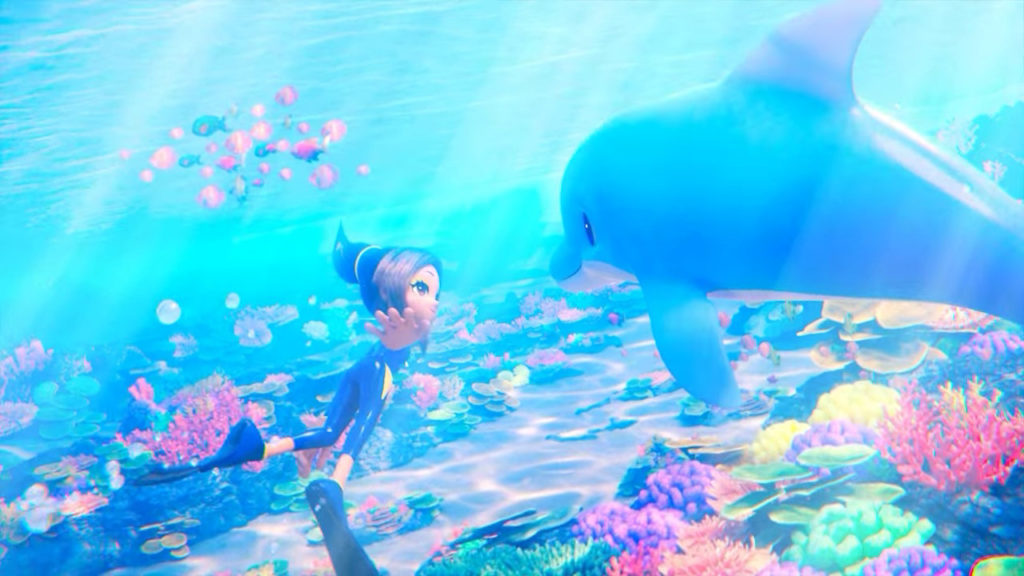
Balan Wonderworld isn’t all bad. The cutscenes are absolutely gorgeous, the music is great, the psychological premise is intriguing, and I really like the designs for Balan and his nemesis. There were times when I had fun playing this game, like when I’d get a new costume with a cool power or spot a Balan Statue and realize what I needed to do to reach it. Yet it was always only a matter of time before the game would hit me with yet another tedious design decision that would leave me asking, “But why? Why design it like this?” That sums up my experience with Balan Wonderworld. It has some interesting ideas, but the number of tedious design choices ultimately drags it down.
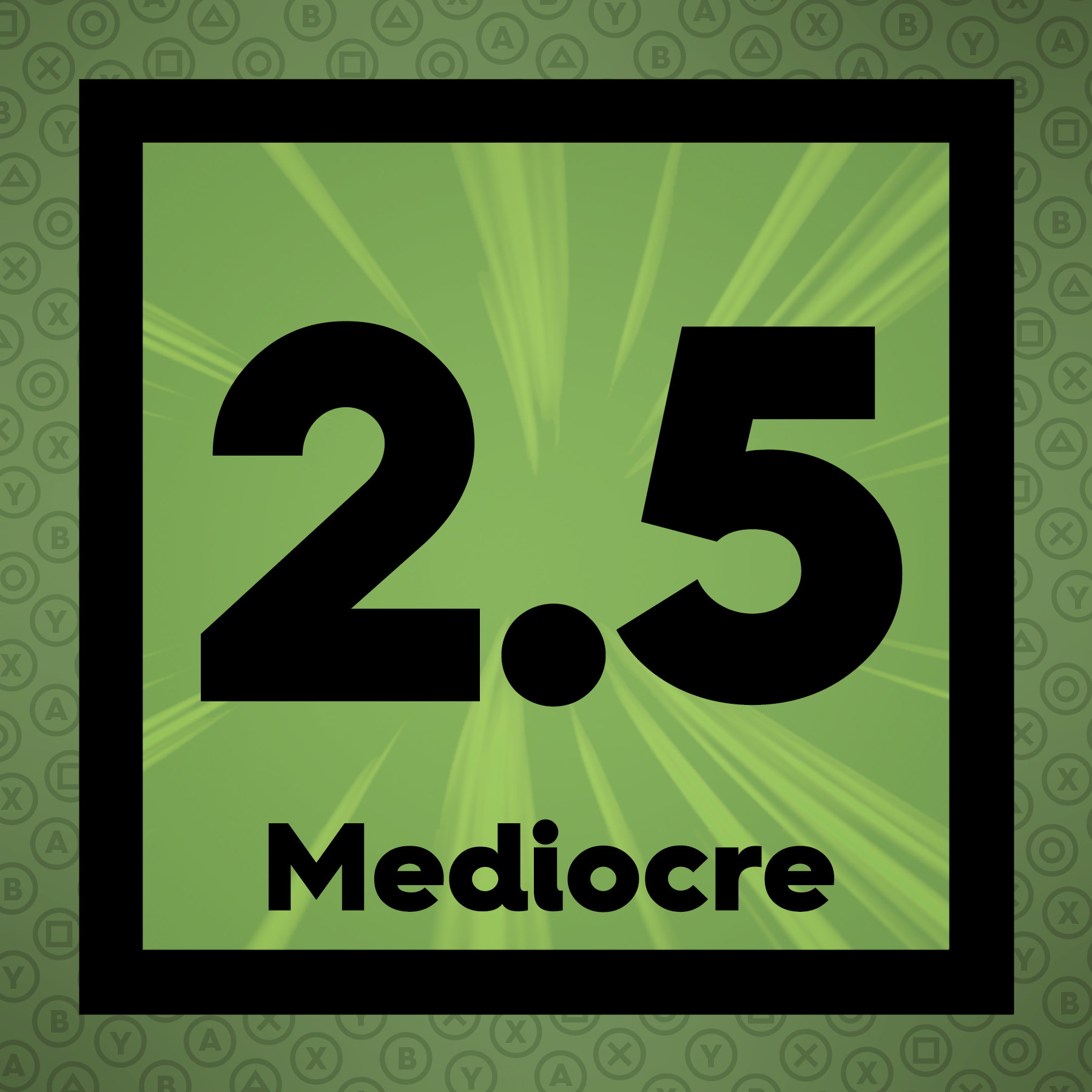 The Final Word
The Final Word
Balan Wonderworld isn’t a terrible game, but it isn’t a good one, either. If you’re a diehard fan of 3D platformers and you’ve run out of better games to play in the genre, you might get some enjoyment out of Balan Wonderworld, but only if you’re willing to put up with a lot of tedium along the way.
-MonsterVine Rating: 2.5 out of 5 – Mediocre

